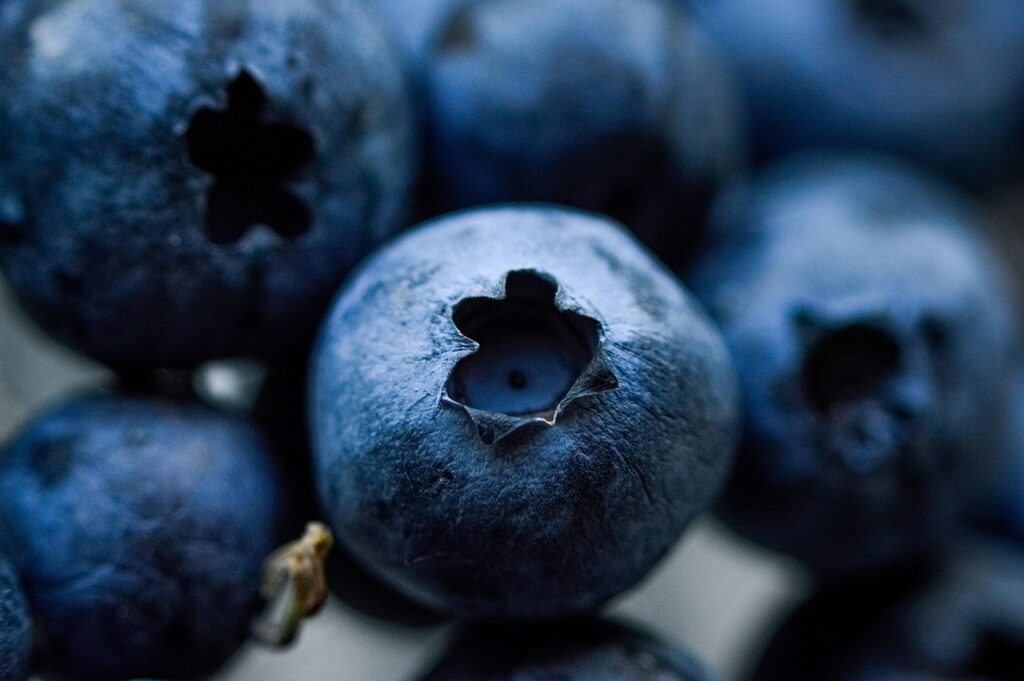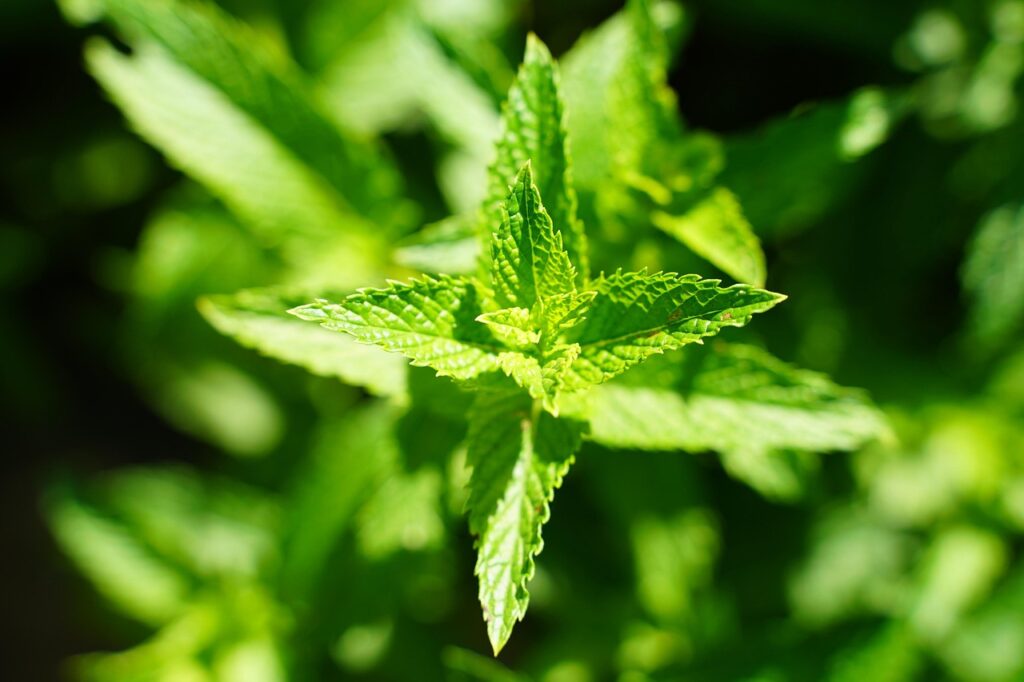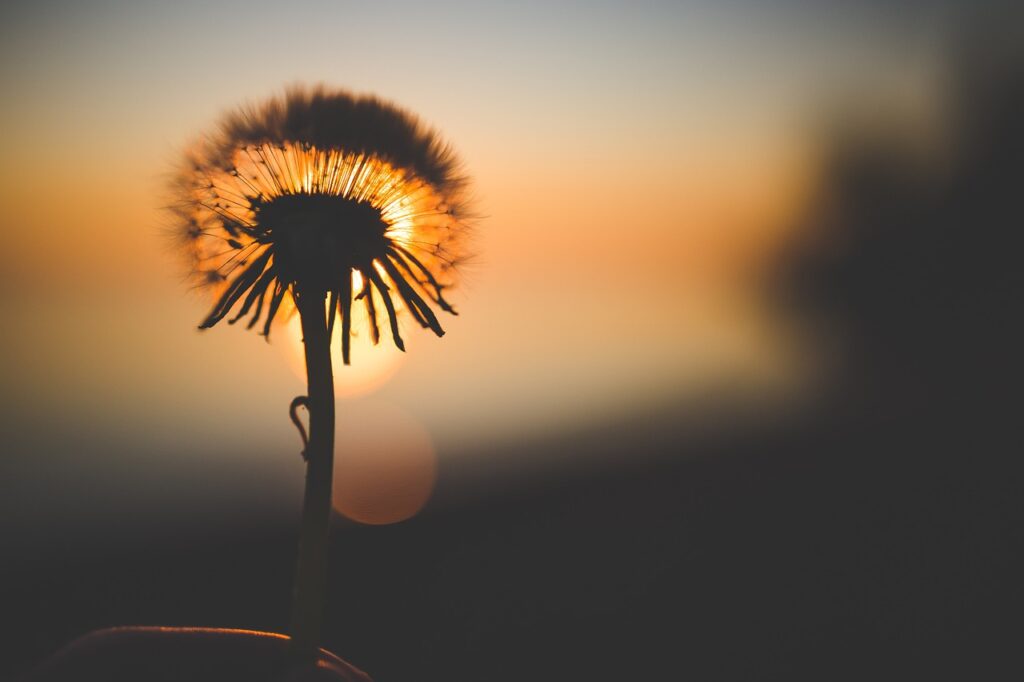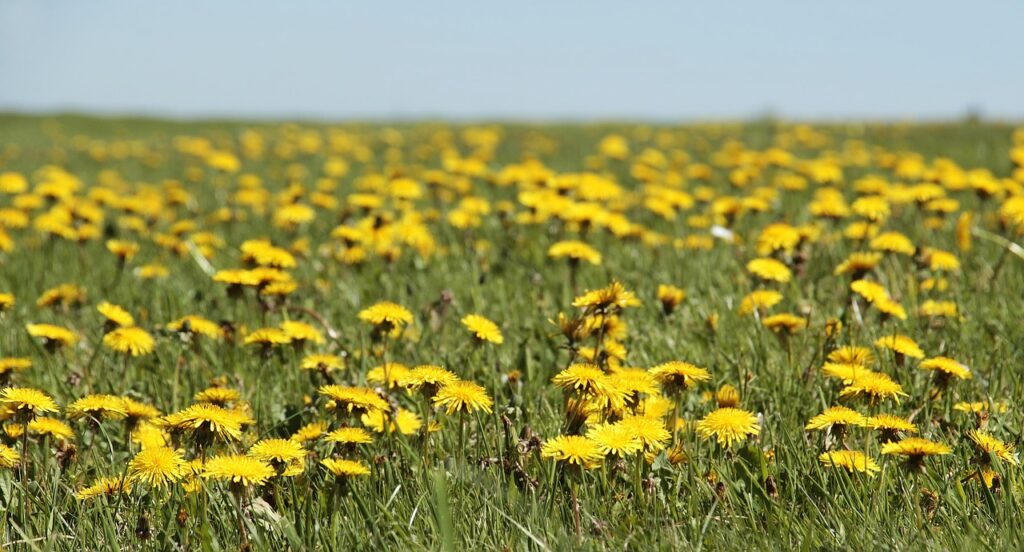Chamomile – The Calm in Your Garden

Welcome back to Hummingbirds & Lavender! This month in our Intro to Herbs series, we’re getting to know chamomile—a small but mighty herb that’s probably already in your pantry (hello, sleepytime tea) and totally deserves a spot in your garden, too.
Chamomile is one of those herbs that does a little bit of everything. It looks charming, smells amazing, and works wonders in everything from teas to skincare. It’s kind of like that friend who always knows how to help you relax and also brings snacks. Let’s dig into what makes this gentle herb such a favorite.
Meet Chamomile: More Than Just a Pretty Flow
Chamomile is part of the daisy family (Asteraceae), and its tiny white blossoms with yellow centers look like mini suns—bright and cheerful. There are two main types you’ll run into:
- German Chamomile (Matricaria chamomilla) – Tall, delicate, and super common in herbal teas.
- Roman Chamomile (Chamaemelum nobile) – Shorter, more of a ground cover, and great in essential oils or as a natural lawn alternative.
Both smell sweet and apple-like, which makes sense: the word “chamomile” actually comes from Greek and means “ground apple.”
🧠 Fun fact to remember: If it smells like apples and looks like a daisy, it’s probably chamomile.
Why Chamomile Is a Natural MVP
Chamomile has been used for thousands of years (literally—ancient Egyptians were big fans), and it’s still one of the most popular herbs for good reason. Here’s what it’s known for:
- Chill vibes only: Chamomile is famous for helping with stress, anxiety, and sleep. That’s thanks to a natural compound called apigenin that promotes calm and relaxation.
- Gentle on digestion: Feeling bloated or crampy? Chamomile tea has anti-inflammatory properties that help soothe your digestive system.
- Skin-soothing superstar: Chamomile can calm irritated skin, help heal small cuts or burns, and reduce redness. You’ll find it in tons of natural skincare products for a reason.
It’s safe for most people, but a quick heads-up—if you’re allergic to ragweed or daisies, you might want to patch test first before using chamomile topically.
🌼 Tuck-away tip: You can use chamomile in steams, baths, teas, or even in homemade balms for a full-body unwind moment.
Chamomile in the Kitchen
We all know chamomile tea. But there’s more you can do with this herb if you’re into experimenting a little in the kitchen. Its flavor is light, floral, and a little fruity—perfect for subtle, comforting recipes.
Here are a few simple ways to get creative:
- Chamomile-infused honey – Steep dried chamomile in warm honey for a dreamy drizzle over toast, yogurt, or pancakes.
- Floral baked goods – Add crushed dried chamomile to sugar cookies or shortbread for a soft floral note.
- Chamomile milk latte – Steep flowers in warm milk with a dash of vanilla and cinnamon. It’s cozy in a cup.
🍪 Fun fact: Chamomile was once used in beer before hops took over. It added flavor and helped with digestion. Multitasking!
Growing Chamomile: Easy, Low-Maintenance, and Beautiful
Good news for beginner gardeners: chamomile is super easy to grow. Whether you’re planting it in a pot on your patio or mixing it into your garden beds, it doesn’t need much to thrive.
- Sun: Loves full sun but can handle some afternoon shade.
- Soil: Prefers well-drained soil, but isn’t too picky.
- Water: Keep it lightly watered until it’s established, then it’s fairly drought-tolerant.
- Harvesting: Snip the flowers when they’re fully open and dry them upside down or in a dehydrator.
German chamomile is an annual and can get tall and feathery, great for picking. Roman chamomile is a perennial and stays low to the ground, perfect for walkways or garden borders.
🌿 Pro gardening tip: Chamomile is a great companion plant—it attracts pollinators and can help repel unwanted bugs from your veggies.
Everyday Ways to Use Chamomile
If you’re growing chamomile or buying it dried, here are a few easy ways to work it into your daily routine:
- Brew a calming tea before bed
- Toss dried flowers into your bath with some Epsom salts
- Infuse oil for DIY body butter or balm
- Add it to a steam facial for tired skin
- Make your own calming pillow spray (chamomile + lavender = dream team)
Chamomile Quick Facts to Impress Your Friends
- It’s related to daisies and smells like apples.
- The tea helps with sleep, digestion, and stress.
- Bees love it—plant it near your veggies for better pollination.
- It self-seeds, so once you plant it, it may keep coming back year after year.
- It’s been used in folk medicine for thousands of years, and science is catching up.
Chamomile might not be the flashiest herb in the garden, but it’s one of the most useful. It’s gentle, grounding, and always there when you need a little extra calm. Whether you’re sipping tea, growing a patch in the garden, or just enjoying the scent, chamomile brings a sense of peace that’s hard to beat.
If you’re already using chamomile—or inspired to start—let me know in the comments. I’d love to hear how you’re working this lovely little herb into your slow-living lifestyle.
Until next time, keep things cozy and green 🌿













